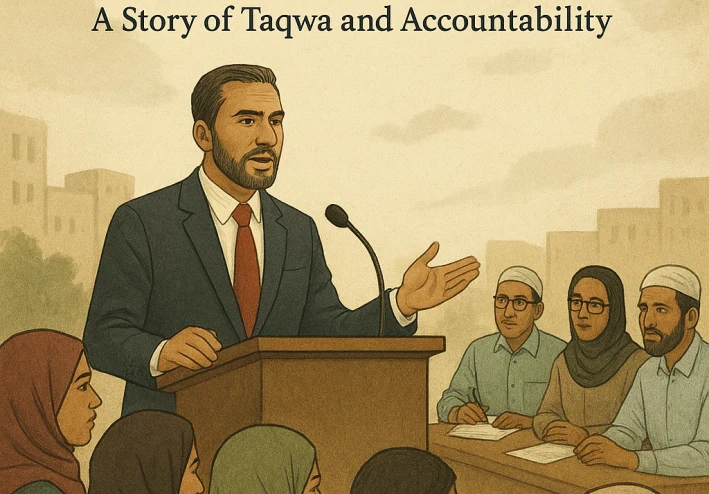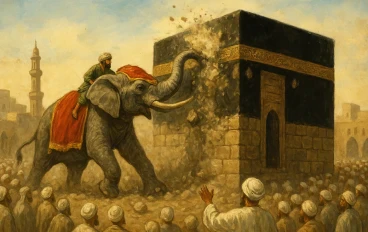
The President's Mirror
The President's Mirror: A Story of Taqwa and Accountability
He stood at the podium and reminded the nation that titles do not erase responsibility; a president, he declared, is first a custodian of trust. From the first week of his term he introduced a presidential program of quality accountability — a new and exclusive series of inspections designed to test governance against the standards of compassion, justice, and service that Islam esteems. This initiative was not a display of dominance but a deliberate exercise in muhasaba, collective self-examination, meant to bring institutions into alignment with their moral purpose.
Teams were assembled with unusual care: ethicists and auditors, local teachers and nurses, engineers who could read infrastructure plans, and respected scholars who could explain rights both under the law and under faith. Each inspection carried a short, clear checklist — availability of essential medicines, presence of textbooks and functioning classrooms, timeliness and completeness of salary payments for frontline workers, condition of water and sanitation, and whether complaints lodged by ordinary people had been acknowledged and addressed. Some visits were announced; others arrived as quiet weekends of listening and observation, so that paper records and public reality would be compared honestly.
On a rainy morning an inspection exposed a clinic that, on paper, reported a full inventory but in practice could not dispense a single antibiotic. Shipments had been rerouted, invoices manipulated, and patients left without care. The president read the findings and refused both sensational punishment and complacent silence. He convened a public hearing in the market square where inspectors, community members, and officials examined evidence together. Contracts found unjust were annulled, funds were recovered where possible, and a clear plan for restitution and continuity of care was put in place, with oversight by a neutral committee.
Those exclusive inspections matured into institutional reforms. Seasonal audits became routine; a transparent dashboard displayed essential service indicators for anyone to consult. Procurement timelines and inventory logs were digitized and accessible, and local committees were trained to perform mini-inspections so oversight would not hinge on a single office. Technical thresholds — teacher attendance rates, minimum medicine stocks, response times for repairs — were paired with ethical training so each metric could be read through the moral lenses of mercy and truth.
Change was incremental but sincere. A falsified ledger was corrected, a neglected school reopened with books on its shelves, a clinic began receiving regular supplies, and small acts of restitution were made to families harmed by neglect. More important was the inward turn: public muhasaba sessions emerged in which officials recited what they had done and where they had failed, then pledged concrete remedies. The president himself held monthly nights of reflection and reported successes and failures with equal candor, modeling that admission and repair are forms of service, not signs of weakness.
By the time his term reached its midpoint the nation had learned that leadership is not the absence of inspection but its invitation. Accountability proved reciprocal: when citizens saw leaders restore rights, they felt enabled to hold their own households and institutions to higher standards. The presidential mirror reflected a simple truth rooted in tawhid — that all deeds are ultimately before Allah, the best of judges — and a practical truth rooted in community: governance that serves with humility, transparency, and justice heals and dignifies. The story closed not with triumphal proclamations but with a steady commitment to repair, to mercy balanced by justice, and to a public life governed by both conscience and law.




































